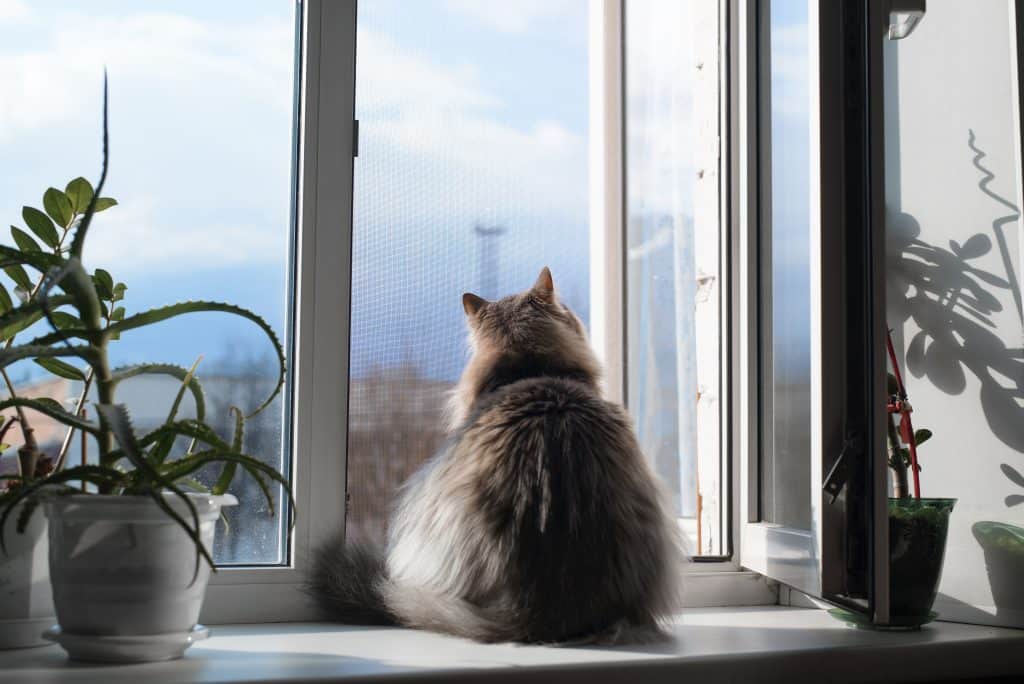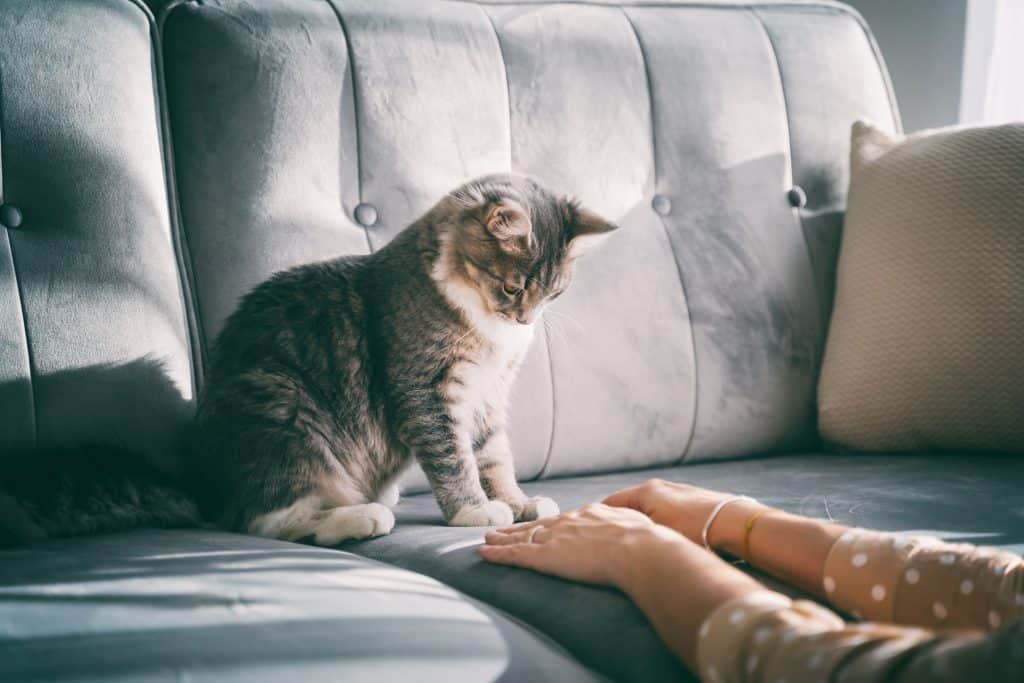Do you ever try to communicate with your cat, but they don’t understand you? While obviously, you can’t hold a conversation with them, you may still try and get your message across using other methods to no avail. Cats are highly intelligent animals and can pick up on emotional cues that humans may overlook. Unfortunately, many struggle to build a strong connection with their cats, but this doesn’t mean it’s impossible. With a few tips, you can learn how to communicate with your cat to create a special bond between the two of you.
Understanding The Bond Between You And Your Cat

It’s a well-known fact that cats make excellent pets, and many people have been lucky enough to form an unbreakable bond with their feline friends. Whether you’ve had your cat for five years or just welcomed them into your home, understanding the connection between you and your cat is essential to enjoy a happy life together.
You can form a bond with your cat in a variety of ways. Cats may view their owners as caregivers, providing them with food and affection while also allowing them to explore their environment freely. As cats interact with their owners more often, they will recognize them as part of the family, leading to deeper connections down the road. Knowing this can be a helpful first step in building a solid relationship and better communication with your cat.
Tips To Communicate With Your Cat
Once you understand the dynamic between you and your feline friend, you can try different communication methods with your cat. That way, you can get to know each other more deeply. The following tips will help you find the right strategy for you and your cat.
Listen To Their Purrs

While cats mainly communicate through body language and vocalizations, another way to interpret their emotions is through purring. Purring usually indicates contentment or happiness; however, it can also be a form of comfort in times of distress or illness. Paying attention to your cat’s purr can help you better understand how they feel and what they need from you.
A low-frequency purr signals that the cat needs reassurance or may even be trying to tell you something important. On the other hand, a loud, high-pitched purr typically means your cat is feeling playful and energetic. Their purring might also be a way of showing you their love. Kittens can start purring when they’re just a few days old, and the noise helps them bond with their mother, so their purring may be a way of doing so with you.
Be Mindful Of Your Body Language

When communicating with cats, humans may often overlook the importance of body language. Your cat relies on their keen sense of vision to interpret the world around them and read your body language to understand what you’re trying to communicate. Being mindful of how you move and interact with your cat can help them better understand you and feel more comfortable in your presence.
Humans tend to use words and vocalizations when communicating, but cats are much more attuned to visual cues than verbal ones. It would be best if you took care to be aware of how you position yourself when interacting with them; for example, crouching or sitting down while maintaining eye contact can signal that you’re friendly and non-threatening. Keeping your movements slow and deliberate will also help keep your cat calm, as sudden movements could startle them or make them feel uncomfortable.
Use A Soft Tone

Many cat owners also overlook the importance of their tone when talking to their pets, which can be a crucial factor in forming a strong bond between humans and animals. Tone plays an essential role in how animals perceive you. Cats are particularly sensitive to your vocalizations; a gentle, soft approach is often best for effective communication.
When you talk to your cat in a soothing voice or whisper sweet nothings at them, they will feel comforted and secure – leading to trust between both parties. Furthermore, using softer tones encourages cats to respond better than when you raise your voice or use aggressive commands; this allows you to build positive reinforcement without causing any distress. A raised voice will typically make your cat more skittish and avoidant.
Try Blinking

Cats are mysterious creatures, often leaving their owners trying to decipher what they need. Recent research suggests that cats can understand and respond to human facial expressions, including blinking. It turns out that a new way to communicate with your pet may be as simple as blinking.
This means that when cats blink slowly at you, they may be expressing contentment or even affection towards you – and if you blink back in response, you could be communicating your feelings of love for them. For example, if you want your cat to know you care about them without saying anything directly, try staring into their eyes and slowly blinking a few times. Doing so can create an emotional connection similar to that of baby animals and their mothers!
Use Simple Commands

Believe it or not, cats can understand simple commands in the same way that dogs do. Teaching your cat basic commands is an easy and rewarding way to bond with them. You can use simple commands like ‘come,’ ‘sit,’ and ‘no’ to create a structured environment in your home.
Training your cat doesn’t have to be complicated or time-consuming either – invest 15 minutes each day until they learn the command. Use rewards such as treats and verbal praise whenever they follow instructions correctly, as this reinforces positive behavior. Just remember that cats learn best when you are consistent. Be sure to use the same words consistently during training sessions so they understand what you want from them.
Make Time For Play

Nowadays, when it seems like life is so busy, it can be challenging to find time to play with your cat. However, making time to play is essential in communicating with your cat and understanding their needs. Playtime provides cats with mental stimulation and physical exercise that can keep them healthy and happy. Playing games such as fetching toys or practicing hunting helps strengthen the bond between you and your cat.
When a cat catches a toy in a game of fetch, they feel accomplished and satisfied. Similarly, when practicing hunting activities with your cat, they will appreciate the opportunity to hone in on those natural instincts while gaining your trust through shared experiences. While not a traditional form of communication, this time conveys a message that you value them.
Try These Tips To Communicate With Your Cat!
Trying to communicate with your cat may not be easy at first. But, if you’re open to the idea and willing to take the time to learn a few tips, you will be glad you did. You may not become fluent in the cat language, but you can certainly communicate better with your feline friend! Remember, in the end, it is all about being patient, using positive reinforcement, and being consistent in your actions. That will always be the key to having a good relationship with your cat.